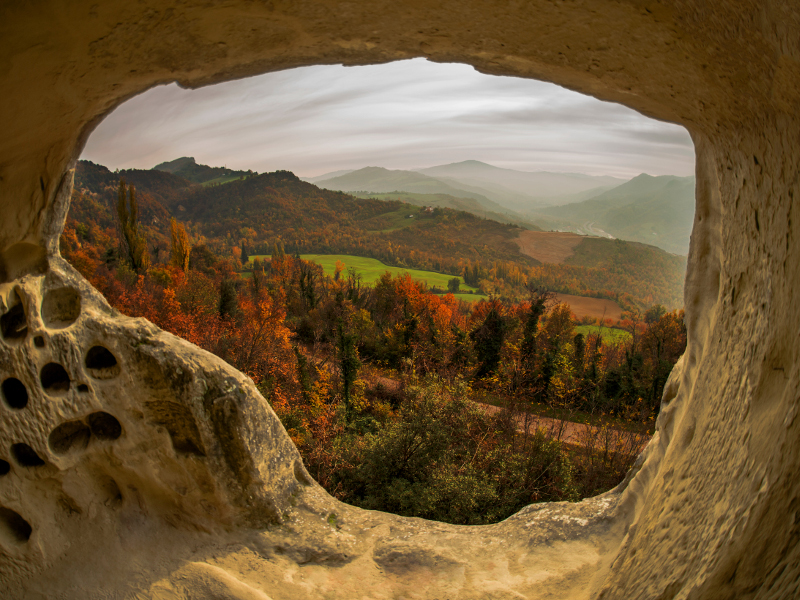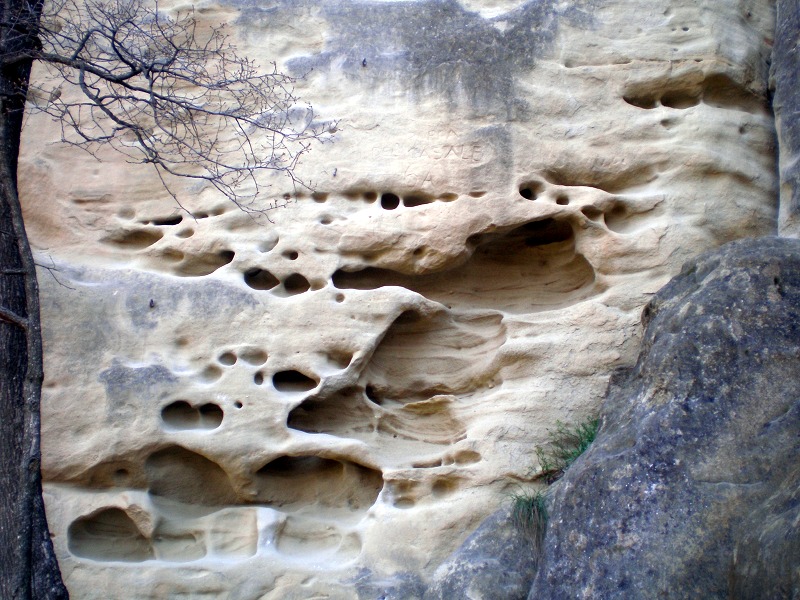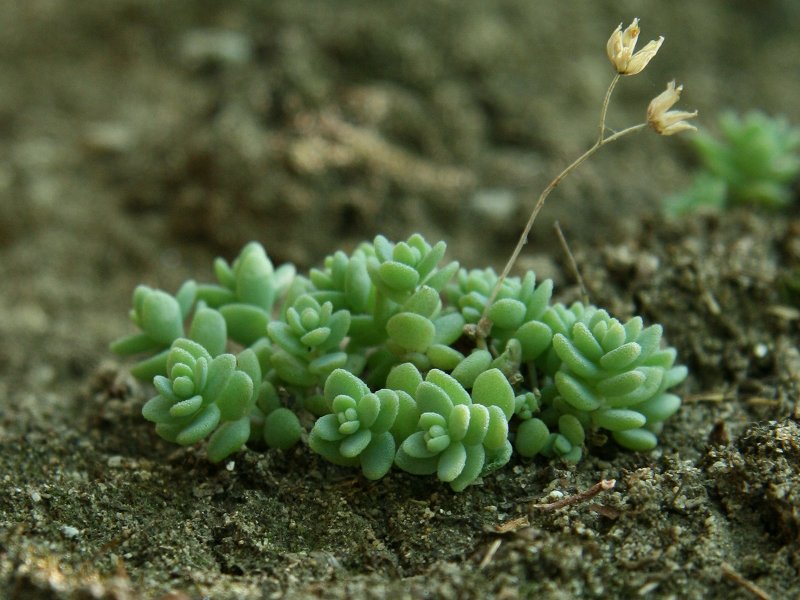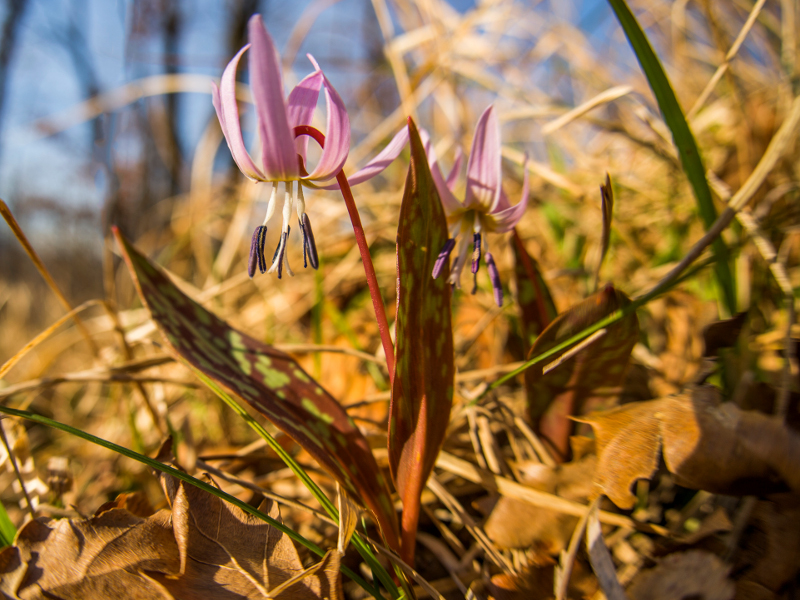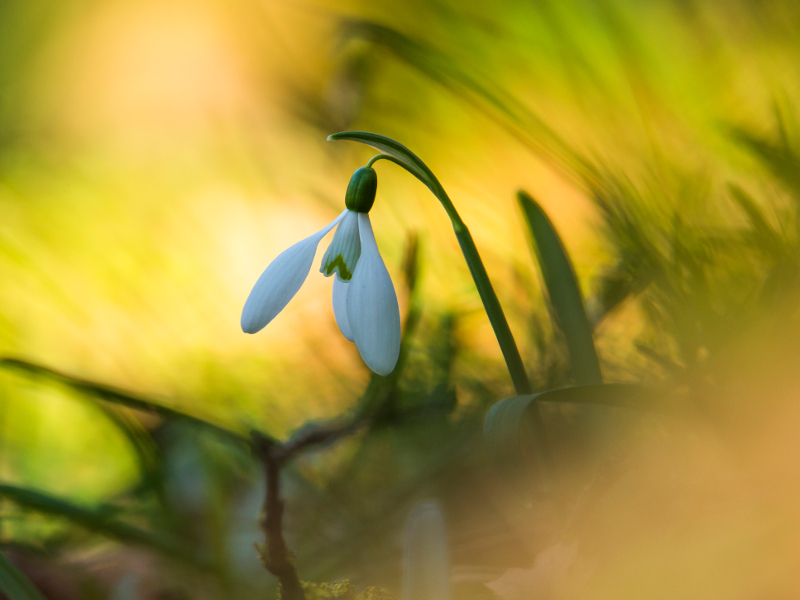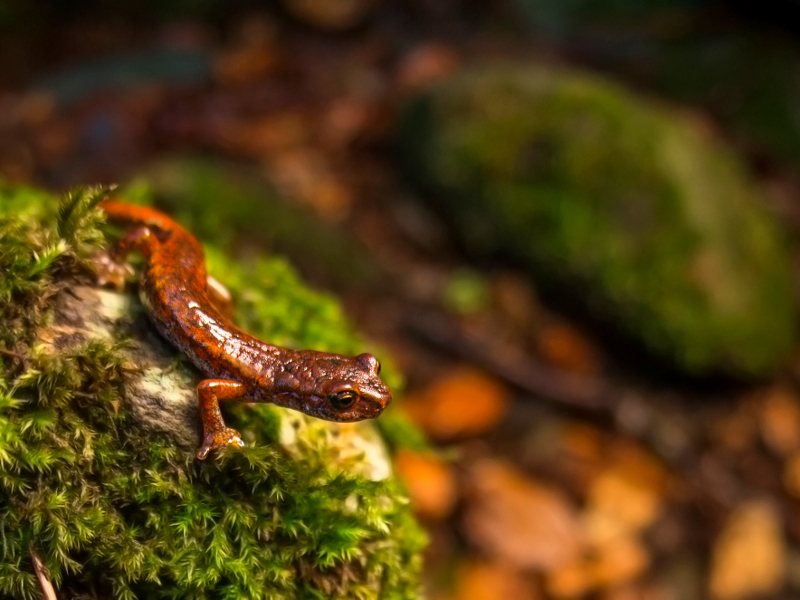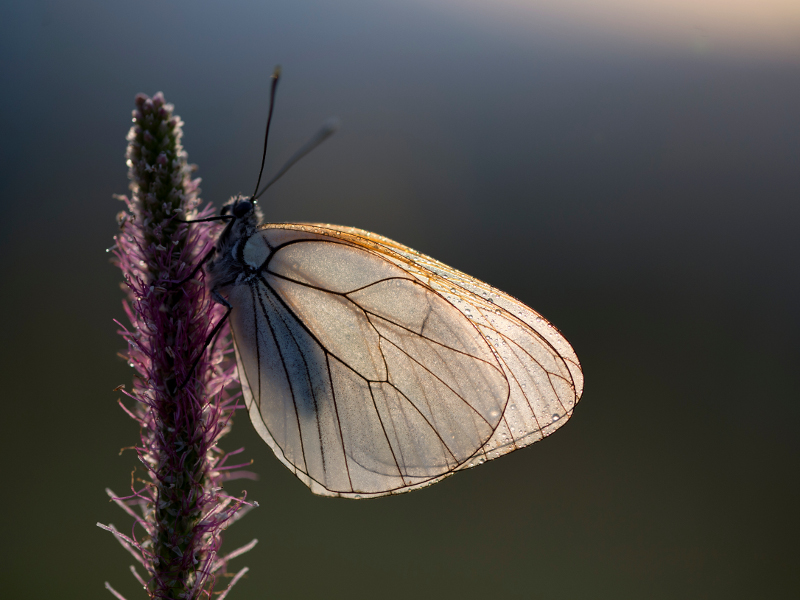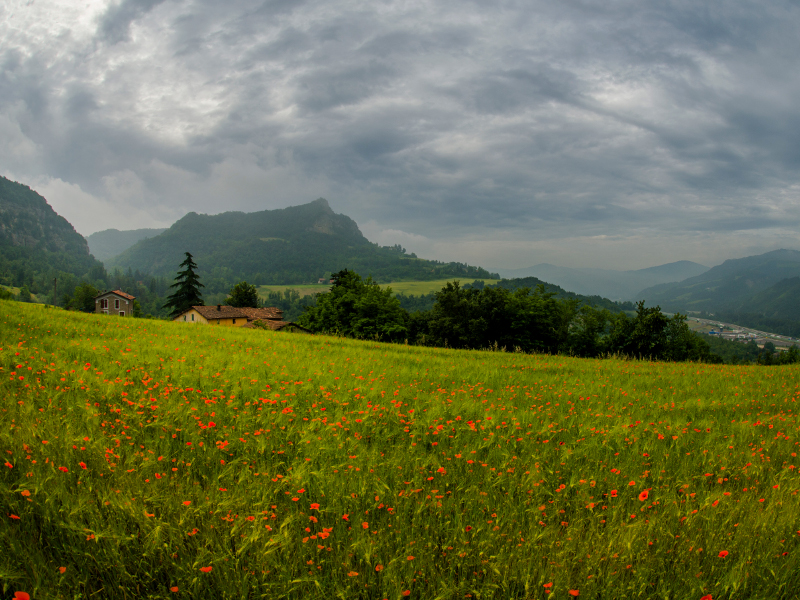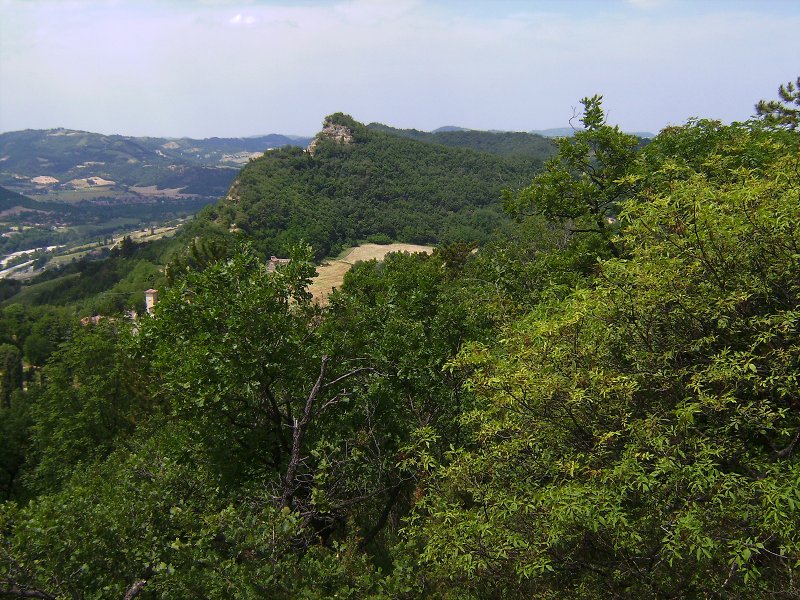Places to see
Riserva Naturale Contrafforte Pliocenico
enteparchi.bo.itProtected Area
Identity Card
- Land Surface Area: 757.40 ha
- Lower altitude (m): 100
- Higher altitude (m): 654
- Regions: Emilia-Romagna
- Provinces: Bologna
- Municipalities: Monzuno, Pianoro, Sasso Marconi
- Establishment Measures: Del. Regione Emilia-Romagna, n. 61 31/05/2006
- PA Official List: EUAP0916
Protected Area
The reserve's geological, geomorphological and paleontological features, which are closely correlated to the extraordinary landscape elements of this long rocky bastion, are certainly the most significant component of the reserve from a naturalistic perspective.
The area's botanical interest relates, in the first place, to the presence of Mediterranean species supported by the rocky slopes' microclimate, including some particularly rare floral varieties, and to the coexistence, in some of the nearby gullies of the northern mountainsides, of species that normally inhabit cooler, higher elevations.
In terms of wildlife, the area is home to a number of rare bird, reptile and amphibian species that exploit the rocky recesses and other hard-to-reach microhabitats.
For its significant value in terms of habitats and plant and animal species of Community interest, in 2006 the nature reserve's territory was declared a site of European importance by virtue of the SCI-SPA designation of the Contrafforte Pliocenico protected area, which covers a considerably greater area (2,628 hectares) than that of the reserve, which is already rather vast (757 hectares).
Geology and Paleontology
The spectacular sandstone of the Nature Reserve is the evidence of a small sea gulf of the Pliocene (5-2 million years ago), when the current Po Plain was still covered by an open and deep sea, next to which most of the chain of the Apennines was already emerged. On the outcropping rocks in the walls of the Contrafforte there are several evidences recalling their place of origin: beaches beaten by the waves, where the raging torrents of the Apennines used to flow.
Flora and Vegetation
The morphologies of Contrafforte have given life to a great variety of environments with clashing microclimates characterized by a vegetation that, besides the characteristic plants of the hills and low mountains, also includes more rare and unusual species.
The dark evergreen foliage of the ilex tree stand out, scattering the sunny slopes and sometimes giving birth to greenish formations together with other characteristic plants of the Mediterranean area like the phillyrea, the buckthorn, the tree heath, the sage leaf rockrose, and the Osyris.
The Wildlife
The wildlife species of greatest interest are linked to the rocky spurs of Contrafforte, that have been among the few places where the Peregrine could take shelter also in the most difficult period, which lasted until the end of the 1980s.
History and Landscape
The earliest evidence of stable settlements in the Contrafforte Pliocenico area, dating to the Bronze Age, was found at Mount Adone.
Various archaeological findings from the Villanovan and Etruscan periods also exist. In Roman times, a 20 km-long narrow tunnel was dug for the Augustan aqueduct delivering water to Bologna from the Setta Stream and its path crossed through the nature reserve's territory.


